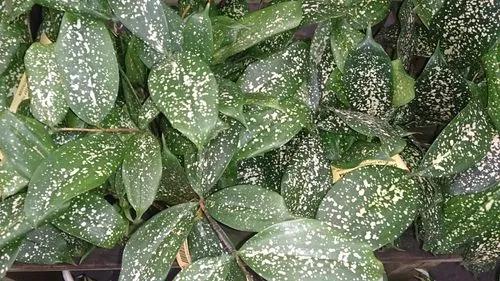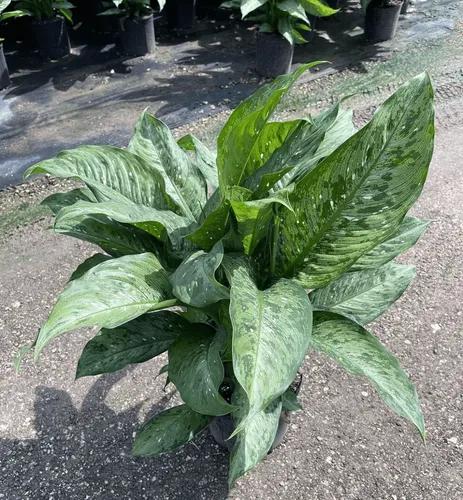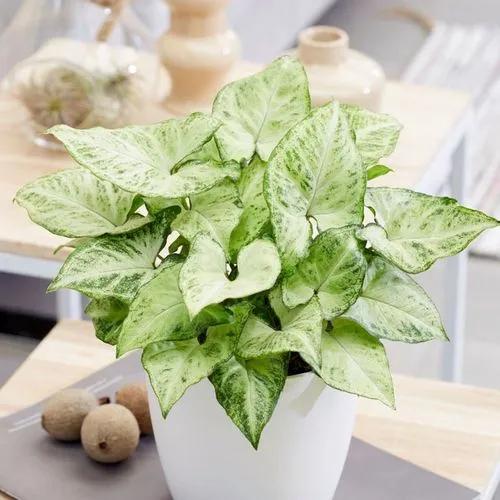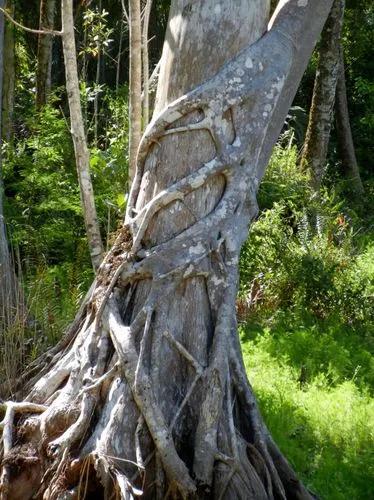As the binomial nomenclature would indicate, this variety of palm can indeed be found in Costa Rica, along with other tropical zones across the Americas. It is easily distinguished by its thin, green trunk that closely mimics the appearance of a bamboo stalk. Much larger than its popular sibling, the Chamaedorea Seifrizii, this Bamboo Palm can reach heights over 20 feet. In homes, however, these palms will typically stay a more manageable 10 feet in height.The stalks are often clustered and reach about an inch in thickness. From the stalks, numerous palm fronds sprout, with a multitude of glossy, green pinnate (feathery) leaves. These leaves arch downwards and have ample spread, ranging from 4-15 feet. They will grow to 4 feet in length.
Costa Rican Bamboo Palm Care
Chamaedorea Costaricana



How to Care for the Plant

Water

Keep the soil moist but not too wet and drain excess water regularly.Showering your plant with lukewarm water also serves to remove excess fertilizer salt (which the Bamboo Palm is particularly susceptible to) and discourage the most common pests (thrips, scales, and mites) from targeting your plant.

Pruning

You should also get in the habit of pruning your Bamboo Palm regularly. Check for dead and wilted leaves, and chop them off at the base with a pair of sanitized pruning shears. Using dirty shears can increase the possibility of different infections (like Pink Rot).

Fertilizer

You will have to fertilize this plant more often when it is indoors. You should use a slow-release fertilizer or a liquid fertilizer that you have cut to half strength. Only fertilize during active growth periods, about once per month. If you notice the leaves of the Bamboo Palm becoming discolored or damaged, cut back on fertilization even further.

Sunlight

Whether indoors or outdoors, you should plant your Bamboo Palm in a spot that will grant ample but indirect sunlight. Too much light will scorch your leaves, but too little light will cause the fronds to underdevelop. They might even fall off, leaving you with naught but a stick in the ground. Outdoors, this means a shady area, preferably shielded by other trees.

Soil

The soil should be average in its composition. Not too salty, not too acidic, and none too dry.

Temperature

This palm likes it best when you have the thermostat set between 70-80 degrees Fahrenheit during the day. At night, don’t go below 60 degrees. The exception to this rule is winter when the plant is not growing. During these months, you can set the temperature to 55-60 degrees with no ill effects.

Container

Be delicate when moving your Bamboo Palm to a new pot. The root structures are dense, tangled, and can be damaged with sloppy handling. Choose a new pot about 2 inches larger (in diameter) than your old one, pack it with similar soil, and water after transplanting (but not too much). Once your palm has hit its stride, you can start implementing more advanced care techniques.

Popularity

75 people already have this plant 14 people have added this plant to their wishlists
Discover more plants with the list below
Popular articles






